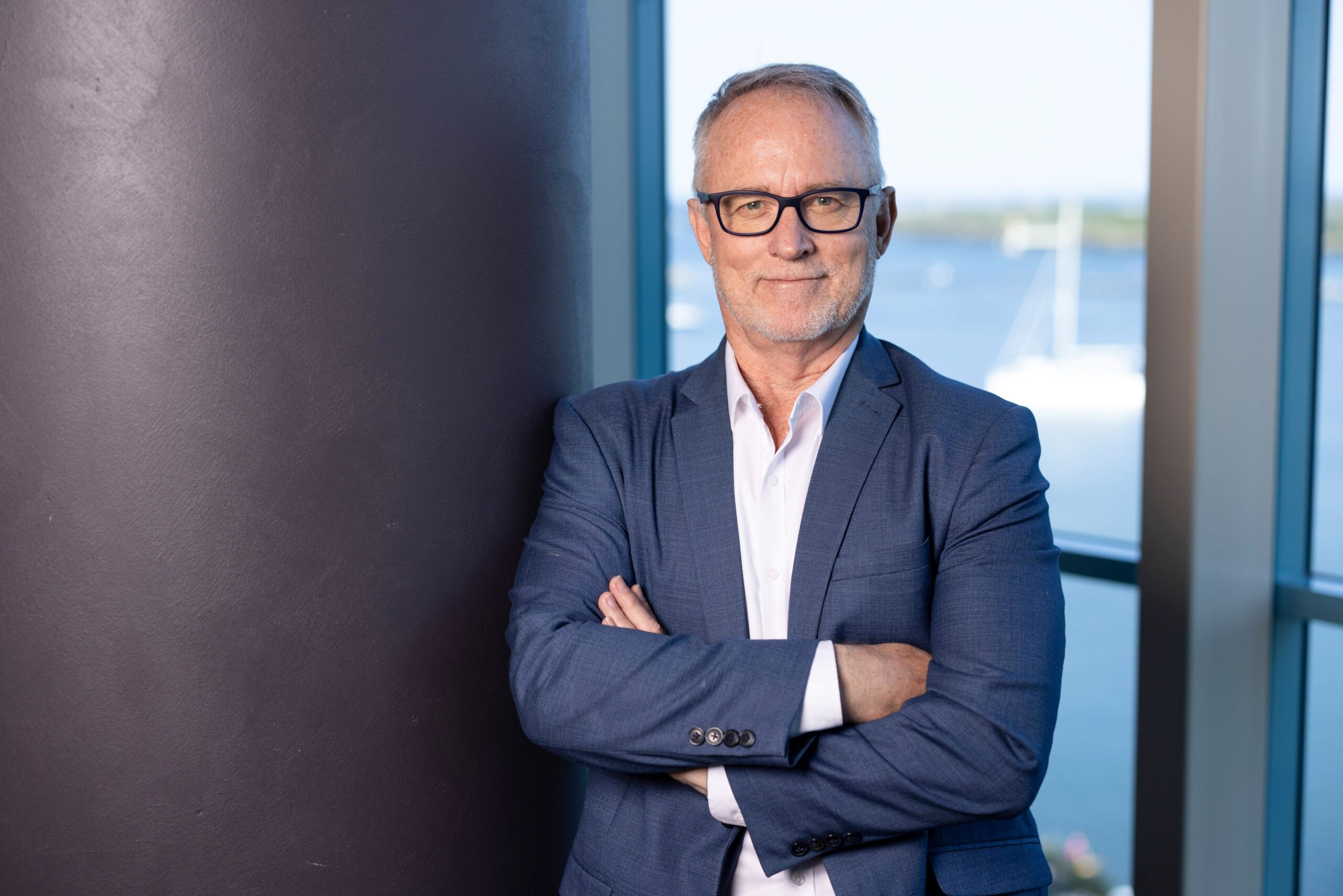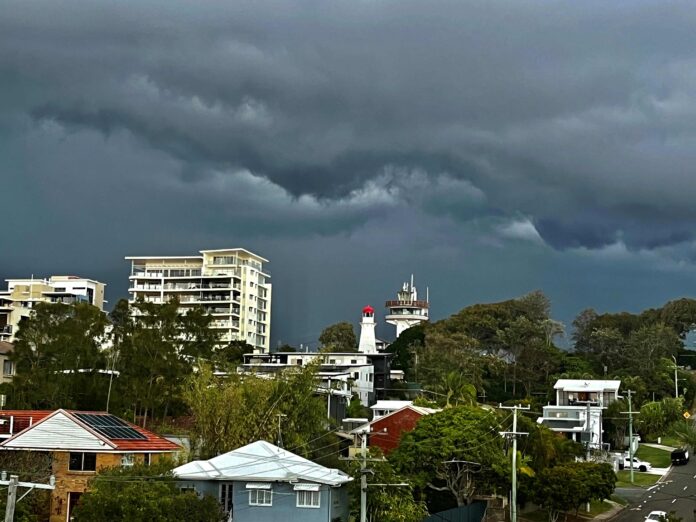Australians are quick to complain when they are caught out by an unexpected shift in weather patterns and a shower turns into a deluge, or a wind change results in catastrophe during a bushfire.
The dramatic, unexpected shifts can leave some communities ill-prepared or, worse, at risk.
But the Bureau of Meteorology is doing a sterling job of dissecting what is inherently a “chaotic system”, says Kerry Plowright, the founder of Australia’s Early Warning Network (EWN).
Mr Plowright believes the BoM is fulfilling its mandate – to protect life and property across the nation – to the best of its ability.
Historic serious weather events had much more devastating consequences without such warning systems in place, he says.
The bureau collects data from meteorological systems across the world, blending them to inform its forecasting.
“They’re generally accurate out to three or four days and give you a hint out to maybe eight or nine,” Mr Plowright said.
“But you’ve really got to watch that stuff, it can change wildly in that time.”
Want more free local news? Follow Sunshine Coast News on Facebook, LinkedIn and Instagram.
The forecasts are regional but not down to a granular level, so it is difficult to predict if a person’s backyard will be hit by a looming thunderstorm, or if it will roll through a few hundred metres away.
Likewise, a sudden shift won’t be easily predicted – like most recently, when ex-tropical cyclone Jasper hit far north Queensland with torrential rain.
“Jasper … did something a bit different to what people thought (it would),” Mr Plowright said.

“The model said it would run straight across Cape York, but it didn’t do that … it hit the coast and stalled and just delivered a hell of a lot of rain.”
Federal Emergency Management Minister Murray Watt in December vowed to “close the gaps” in weather warning systems following criticism of the bureau.
Some Queensland residents reported only receiving major flood warnings after already being isolated when Jasper made landfall.
Mr Watt has tasked a federal agency with bringing the bureau, state governments and councils together to find out where warning processes may be lacking.
A new emergency warning message system is expected to be available from the end of 2024.
Mr Plowright says Australia seems to be in the middle of a period of “anomalistic” weather patterns, so there may be more extreme events to come.
That is where the EWN, founded in 2006, comes to the fore, he says.
The network is reactive to fast changes with a focus on severe weather and specific vulnerabilities and delivering early warnings to its clients, which are mainly insurers and councils.
As well as looking at forecasting systems, EWN takes information from a series of remote sensors, water gauges and people on the ground – be it local councils or emergency services – to update their warning system as a change is happening on a more “granular” level, Mr Plowright explains.
“(In the case of tropical cyclone Jasper) it would have been obvious to anyone looking at gauges and accumulated rainfall, and we could see it that ‘oops, something different is happening’,” he said.
“(But) BoM … can’t throw out forecasts out every three seconds.”
EWN is also having success in using artificial intelligence to look for patterns in the data that humans cannot yet see.
“For people demanding better forecasting, they’re going to get it,” he said.
“AI’s really moving the needle on this stuff … within three years, we’re going to have outcomes that we just don’t foresee in this, and I think it’s going to have a massive impact in weather.”
But will we ever have a flawless warning system with risk to life and homes eliminated completely? Unlikely.
“Nature teaches us lessons every day,” Mr Plowright said.
“Sometimes you just can’t prepare for everything.”
Do you have an opinion to share? Submit a Letter to the Editor at Sunshine Coast News via news@sunshinecoastnews.com.au. You must include your name and suburb.





